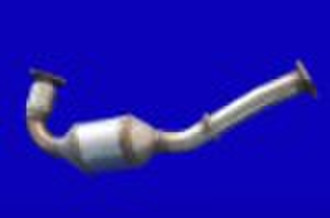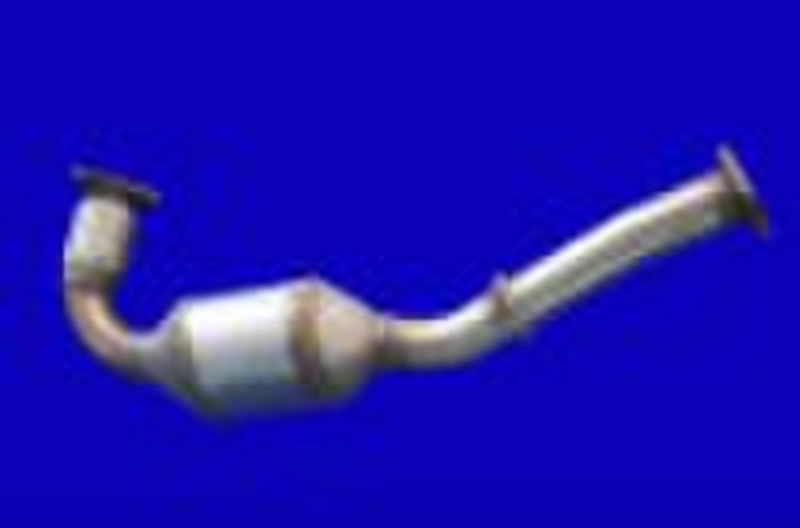Catalog
-
Catalog
- Agriculture
- Apparel
- Automobiles & Motorcycles
- Beauty & Personal Care
- Business Services
- Chemicals
- Construction & Real Estate
- Consumer Electronics
- Electrical Equipment & Supplies
- Electronic Components & Supplies
- Energy
- Environment
- Excess Inventory
- Fashion Accessories
- Food & Beverage
- Furniture
- Gifts & Crafts
- Hardware
- Health & Medical
- Home & Garden
- Home Appliances
- Lights & Lighting
- Luggage, Bags & Cases
- Machinery, Hardware & Tools
- Measurement & Analysis Instruments
- Mechanical Parts & Fabrication Services
- Minerals & Metallurgy
- Office & School Supplies
- Packaging & Printing
- Rubber & Plastics
- Security & Protection
- Service Equipment
- Shoes & Accessories
- Sports & Entertainment
- Telecommunications
- Textiles & Leather Products
- Timepieces, Jewelry, Eyewear
- Tools
- Toys & Hobbies
- Transportation
Filters
Search

catalytic converter for car
original price: 10,00 USD
Wuxi, China
Production capacity:
500000 Set / Month

Xia Chu
Contact person
Basic Information
| Place of Origin | China |
|---|---|
| Brand Name | WFLD |
| Type | Catalytic Converter |
Emission performance durability and mechanical durability are the two key aspects of the overall durability of an emission control system. The emission durability depends on the quality of the catalyst coating and on the operating conditions such as temperature or levels of catalyst poisons in the exhaust gas. The catalytic converter design has to provide the required mechanical system durability. Catalytic converters must provide adequate protection for the substrate under harsh operating conditions in the vehicle’s exhaust system. Despite exposure to high temperatures and thermal shock, moisture and corrosive environments, as well as mechanical vibration , they endure hundreds of thousands of kilometers. The final mechanical durability of the emission control system is a combination of the substrate durability, durability of packaging materials and packaging technology. The components and materials of a catalytic converter are shown schematically in Figure 1. The catalyst substrate is held within the converter shell using packaging mat (most often made of ceramic fibers). The converter is connected to the vehicle’s exhaust system through the end cones, which can be either welded to the shell or be formed as one part together with the shell, depending on converter packaging technology. The other components shown in the schematic—end seals and/or steel support rings—are optional; they are usually not present in modern passenger car converters, but may be required in more demanding applications, such as close-coupled converters, large converters for heavy-duty engines, or diesel particulate filters. Catalytic converters, especially those in gasoline applications, can be also equipped with steel heat shields (not shown in the schematic) to protect adjacent vehicle components from exposure to excessive temperatures.
Delivery terms and packaging
Packaging Detail: WOOD PALLET Delivery Detail: 3 WEEKS
Port: SHANGHAI
Payment term
Telegraphic transfer
-
Payment Methods
We accept:








